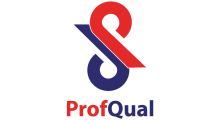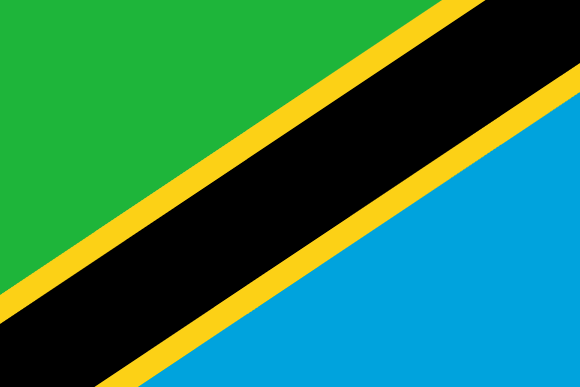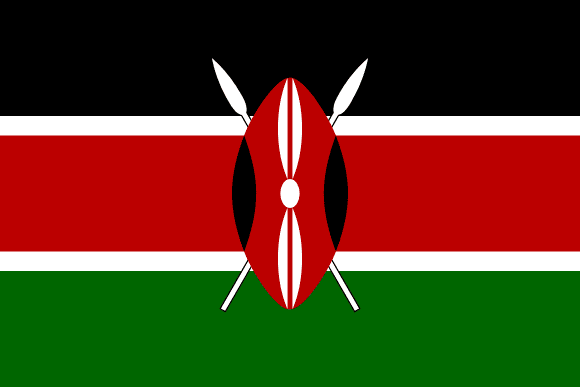The Professional Diploma in Human Capital Management (PDHCM) is designed to provide participants with a thorough understanding of the key principles and strategic practices in human resource management. The course focuses on developing skills in HR strategy, business acumen, talent management, and financial intelligence to enable participants to enhance organizational performance and align HR functions with business goals.
This diploma equips HR professionals, business managers, and consultants with the knowledge and tools required to design and implement strategic HR initiatives that drive business growth and improve employee engagement. Participants will gain expertise in HR analytics, financial intelligence, and business strategy to effectively manage human capital and achieve organizational excellence.










